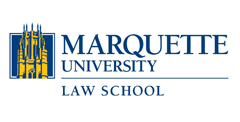Abstract
Trademark law has evolved extensively over time and is justified today for different reasons than when American law first recognized it. Scholars today question whether trademarks should now be accepted as a form of real property. Two examples of trademark problems in the global economy demonstrate that the time has come for marks to be recognized as property. Whether business entities are entering new territories or consumers are crossing borders to new jurisdictions with greater ease than ever before, trademark must adapt to the demands of modern commercial competitors. This Comment takes the position that these demands require treating trademarks as though they are tangible goods. Assuming this proposition is correct, a question arises of exactly how one comes to possess a trademark. What are the actions, conduct, or steps that are necessary before one can claim a right in a specific trademark? This Comment then uniquely applies the theories of famous property philosophers William Blackstone and John Locke to trademarks in order to answer this question. Through analyzing these theories this Comment concludes that the realities of our global marketplace demand that Locke's labor theory reign as the prevailing view of possessing a trademark. However, this Comment also acknowledges that Blackstone's clear-act principle has a role to play where new territories develop, such as virtual worlds like Second Life.
Repository Citation
Jesse R. Dill,
Possessing Trademarks: Can Blackstone or Locke Apply to Fast Food, Grocery Stores, and Virtual Sex Toys?,
14 Marq. Intellectual Property L. Rev. 371
(2010).
Available at: https://scholarship.law.marquette.edu/iplr/vol14/iss2/10
